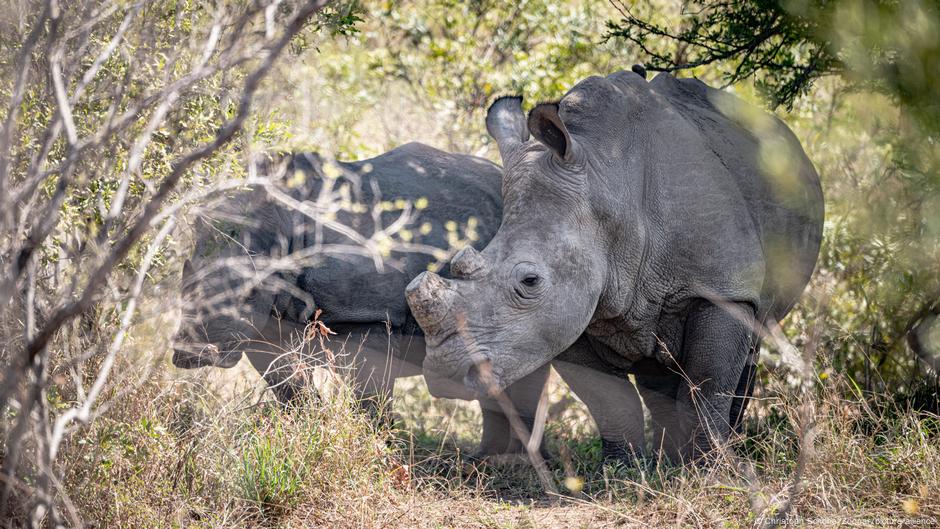New Rhino Count Reveals Mixed Outcomes for Global Species

Global Rhino Populations Show Mixed Results
A recent report highlights a mixed picture for the world's five rhino species across Africa and Asia. While some populations are showing signs of recovery, others face severe threats, particularly from poaching and habitat loss.
The global rhino count reveals that the number of black rhinos, which are found exclusively in the wild in eastern and southern Africa, has increased from 6,195 to 6,788. This represents a rise of 593 animals, a positive development for this critically endangered species. The International Rhino Foundation described this increase as a "win" for black rhinos, emphasizing the importance of ongoing conservation efforts.
In addition to black rhinos, the population of greater one-horned rhinos, native to northern India and southern Nepal, has also seen a slight increase, from 4,014 to 4,075. These rhinos were once on the brink of extinction, with only around 200 remaining in India at the beginning of the 20th century. Today, they are considered to be in recovery, marking a significant conservation success story.
Critically Endangered Species Face Severe Threats
However, not all rhino species are faring well. In Southeast Asia, Indonesia’s rhino species remain critically endangered. The Sumatran rhino, the smallest and only hairy rhino species, is found primarily in the dense tropical forests and lowland swamps of Sumatra. Their population remains virtually unchanged from 2022 estimates, with just 34 to 47 individuals left. Poaching and habitat loss due to palm oil plantations pose serious threats to their survival.
The Javan rhino, another critically endangered species, has experienced a significant decline, dropping from an estimated 76 to around 50 individuals. This decrease is entirely attributed to poaching. There is only one known population of Javan rhinos left, located in a national park on the Indonesian island of Java.
White Rhinos in Africa Face Challenges
In Africa, the white rhino population has also declined, falling from 15,942 to 15,752. This drop of 190 animals since the last count in 2021 is largely due to increased poaching pressure, extended droughts, and management limitations. Despite these challenges, the illegal trade in rhino horn has decreased in recent years, according to the report.
South Africa, home to more rhinos than any other country, has seen a worrying trend in rhino poaching. At least 91 rhinos were killed in the first quarter of 2025 alone. South Africa accounts for two-thirds of illegal rhino horns seized globally, with most of these horns destined for markets in Malaysia and Vietnam.
Innovative Measures to Combat Poaching
To address the growing threat of poaching, scientists have launched a new initiative. A group of researchers recently injected radioactive material into the horns of rhinos. This method is harmless to the animals but allows border authorities to detect smuggled horns more effectively. The project aims to provide a new tool in the fight against illegal wildlife trade.
Conservationists continue to work tirelessly to protect rhino populations across the globe. While some species show promising signs of recovery, others remain on the edge of extinction. The need for sustained efforts in anti-poaching measures, habitat protection, and international cooperation is more critical than ever.

Comments
Post a Comment